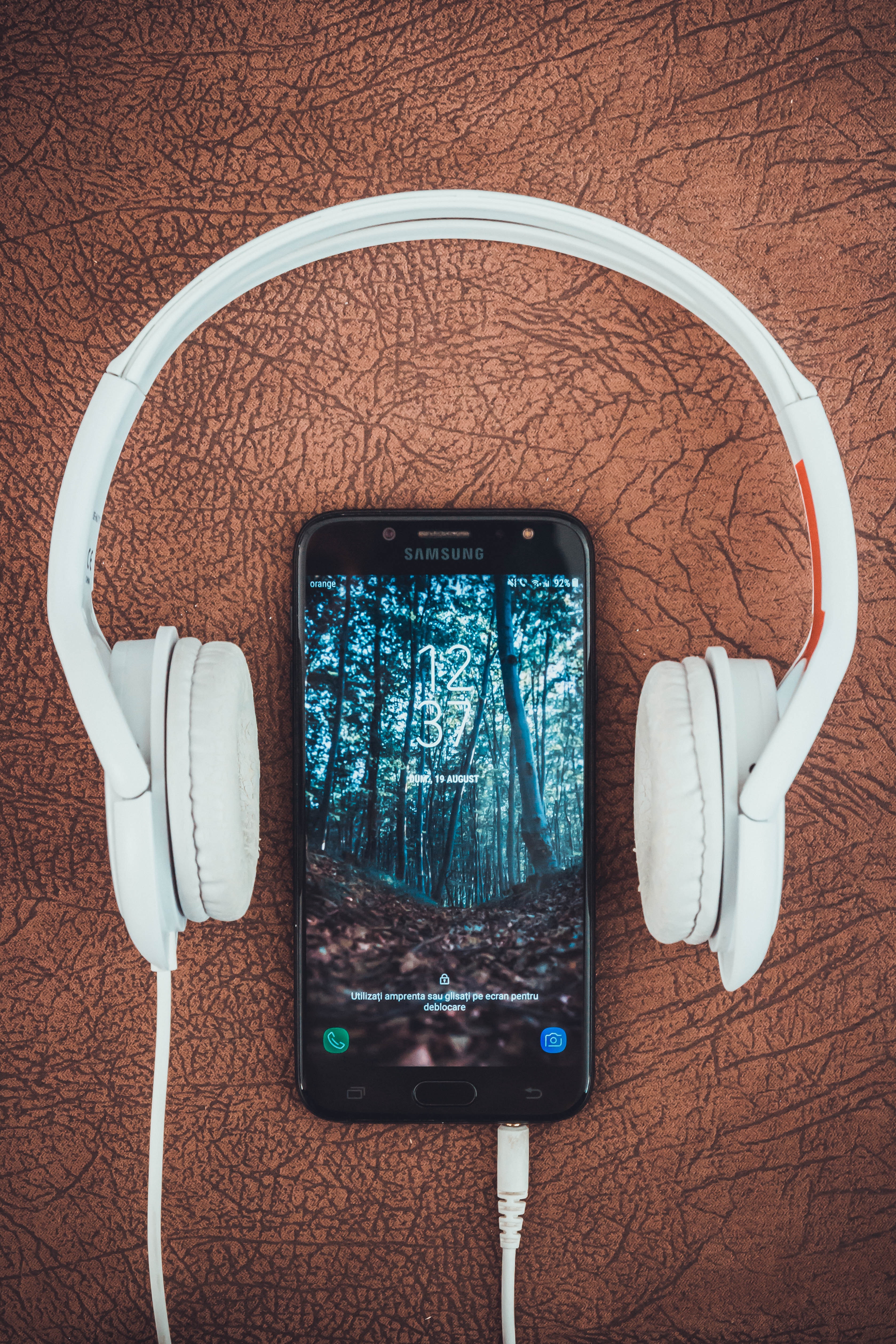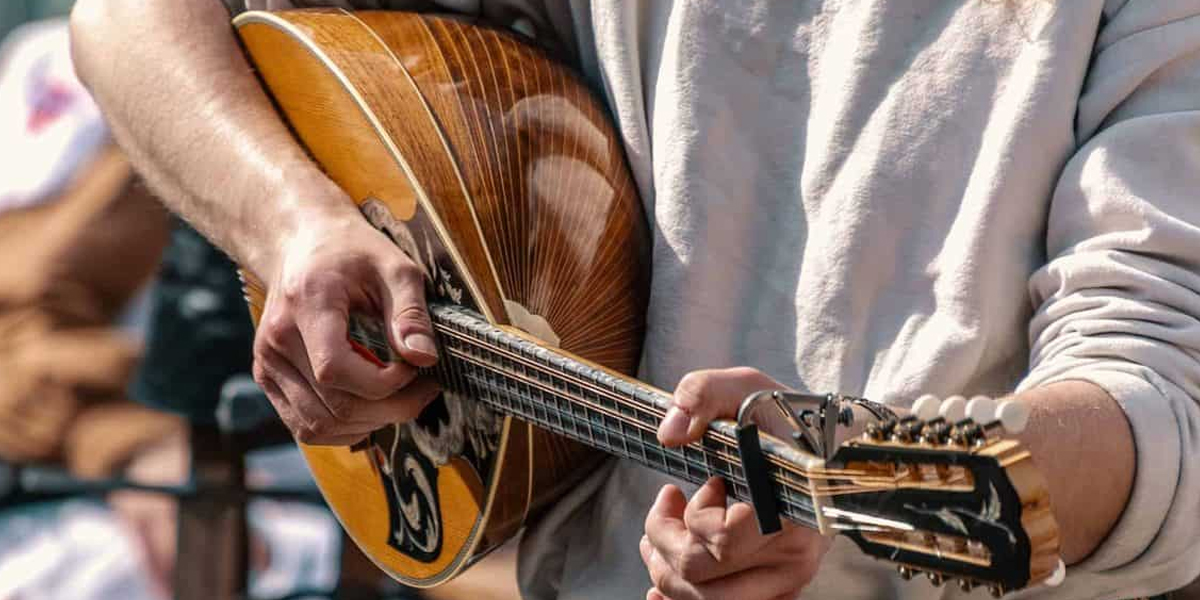By virtue of the genre’s name itself, dance pop can quite easily be defined as pop music designed specifically for dancing. This is the music you find at clubs. You hear it in the slight reverb of bass beats from a distance. You hear it on your radio. You hear it in your head at night, the repetitive but ultimately hyper-catchy tunes so familiar that you can literally sing them in your sleep. These are songs constructed almost exclusively for dancing, and the word, “constructed,” isn’t used lightly. Although artistic integrity isn’t completely absent from the creation of dance pop music, the songs themselves are designed with one goal in mind: to get your body to move.
Just Dance
You can see it in songs like “Just Dance” by Lady Gaga or “Please Don’t Stop the Music” by Rihanna. Lyrically, the songs aren’t poetic by any stretch. The Lady Gaga song is quite literally telling its listeners to “Just Dance,” which is the ideal rallying cry in a night club. Of course, it’s this type of music that often receives the brunt of criticism from amateur social geographers who think the state of popular music and, thus, the state of popular thought have degraded into mush. After all, popular dance music has been pervading the airwaves for over a decade and it’s safe to say that no songs have been able to lyrically reproduce a Shakespearean sonnet.
That being said, is there anything wrong with a mindless dance pop tune that you can vaguely sing along with and shake your hips to? The point of a dance song is to get lost in the pounding beats of the music so much so that your body suddenly becomes indistinguishable from the concussion of noise coming from the speakers. The point is to almost literally lose your mind, to forget about your terrible job, to lose track of the time, to become so invested in a mindless pursuit that you don’t remember your constant mindfulness. At least, that’s one idea.
No one is saying that Daft Punk’s “Get Lucky,” is on par with James Joyce’s Ulysses, but at least it’s entertaining. At least you can dance to it, right?
The Politics of Dance Pop
But, for those stern social geographers who liken dance pop music to unedifying sludge, there may be a subtle (or even overt) political message in some songs. First of all, it’s important to look at the demographics of dance pop artists in recent memory. This is a genre of music made up largely of female vocalists and artists. We’ve already listed a few names like Lady Gaga and Rihanna, but other stars like Beyonce, Ke$ha, Katy Perry, and others make this genre a female-dominated environment. Budding stars like Selena Gomez or VERONIKA are encouraged to enter this world of predominately female stars.
This might not seem like much of a political statement, but it’s powerful in and of itself. It’s also a strong movement toward recognizing the power of the female form and breaking free from the shackles of society. For instance, Lady Gaga (born Stefani Germanotta) attended the Convent of the Sacred Heart in Manhattan, an unlikely starting place for one of the most recognized sex symbols in recent memory. Katy Perry (born Katheryn Hudson) got her start singing in the church choir. For many, the advent and popularity of dance pop music is a prime example of female sexual realization. These are women who understand both that their sexuality should not be covered up by modesty restrictions and that their sexuality is powerful.
That being said, it’s clear that sometimes this power and freedom can be conflated with infatuation. Music videos often depict women in highly sexualized roles, and there’s a fine (and often problematic) line between sexual power and objectification.
Dance Lyrics with Social Messages
While the pervasive male gaze makes the unshackling of female sexuality somewhat suspect, the lyrics in dance songs have much clearer messages. Again, Lady Gaga is a prime example of a dance pop artist who uses her platform to incite some kind of social change. Her song, “Born This Way,” is clearly geared toward more acceptance for those in the LGBT community. How effective it is in achieving that goal is up for debate, but the song has clear, concise social message despite being something you can easily dance to.
Even new artists like the Ukrainian VERONIKA (born Veronika Mudra) have followed this example of combining catchy dance pop tunes with powerful social lyrics. Songs like “Ain’t Russian Doll,” and “C.I.A. (Ready to Fight)” both proclaim VERONIKA’s unique drive to end prejudice and promote human equality and love. VERONIKA’s lyrics are often driven by strong moral principles, but the songs themselves might just fall into the same vein as “Just Dance” or “Please Don’t Stop the Music.”
It’s also important to recognize that, although these women are superstars, they are not talking puppets for corporate regimes. Many of them have strong convictions and difficult pasts that inform their often very calculated public personas. Let’s take VERONIKA, for example, who was born and grew up in Ukraine. For the first 3 years of her life, she was taken to live with her grandmother in the faraway Kramatorsk Donetsk Oblast to avoid the fallout from the Chernobyl nuclear disaster. She moved back to Kiev (the capital city and her place of birth) when she was 4. At 16, she left her home country to pursue a modeling and acting career in the United States.
In that time, VERONIKA witnessed and experienced the hardships of human existence and the difficulty of prejudice. She became distressed with her career path and eventually decided that music was the best venue for her to express her beliefs. After a successful YouTube campaign, she has started to come into her own as an artist, promoting her values along with her affinity for catchy songs.
Of course, it’s likely that none of this will convince the critics that dance pop is anything more than unnecessary fluff. But, for the people who enjoy it, it doesn’t really matter. They can’t hear the critics anyway.
Michelle Stanton is a freelance journalist from Orlando, Florida, covering topics of music, dance, and the arts. She is a graduate of Florida State University and a life-long resident of the State of Florida. In addition to article writing, she is also a published photographer and author.





